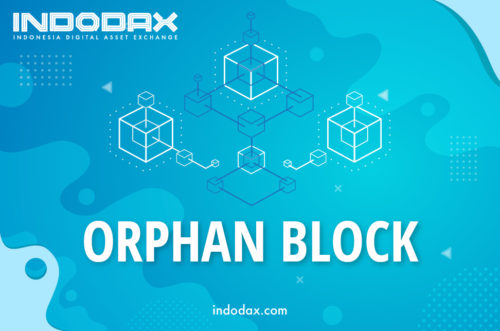Orphan Block is the name for a block that is created but does not enter into a valid Blockchain set. Orphan blocks are blocks processed on the Blockchain network that were wasted due to the Fork case in the technology that runs crypto assets. As a result, transactions contained in this block will not appear or be detected on a valid Blockchain network.
In blockchain terms, an Orphan Block is a block that is mined at the same time as another block but is not accepted by the blockchain. In large part, this is because there are not enough blocks generated from that block for the network to recognize it as the longest fork. The Bitcoin blockchain discards these blocks however, other blockchains can use them for different purposes.
Technically, blocks of the type Orphan Block are called stale blocks, but since most people refer to them as Orphan Blocks, the name Orphan block has become familiar.
How a Block Becomes an Orphan Block?
A series of blocks that make up a blockchain are linked because they receive information from the blocks that preceded them. When a block is closed, its data is encoded and passed to the next block. These two blocks are parent block and child block. If two blocks are opened from the same parent block at the same time, there are two child blocks. Only one of them can be integrated into the chain.
The network node, which validates the block, decides which block to use by allowing small forks between two child blocks. Then, nodes determine what blocks they want to accept by reaching a validation consensus.
Each block will have the next block created, starting a race to verify the most blocks. Forks with more verified blocks—via proof of work (PoW)—will be accepted into the blockchain. Any verified blocks in the shorter chain are discarded.
The discarded block is called an Orphan block (in the technical docs, this is called a stale block). Each block generated from this block returns to the memory pool to be validated and added to the new chain.





